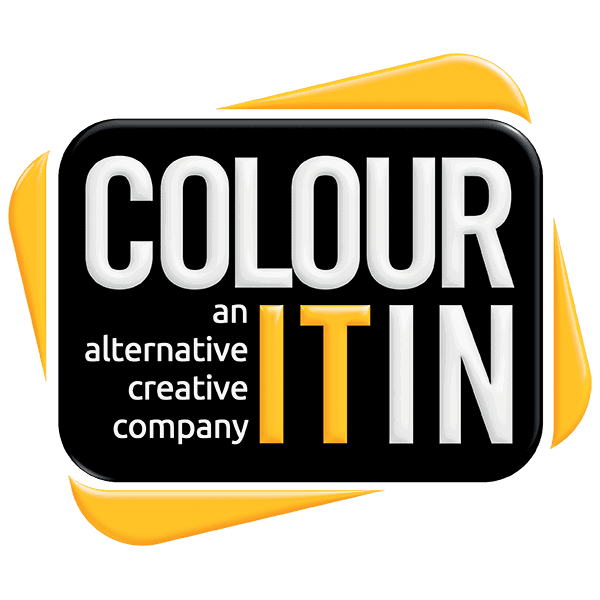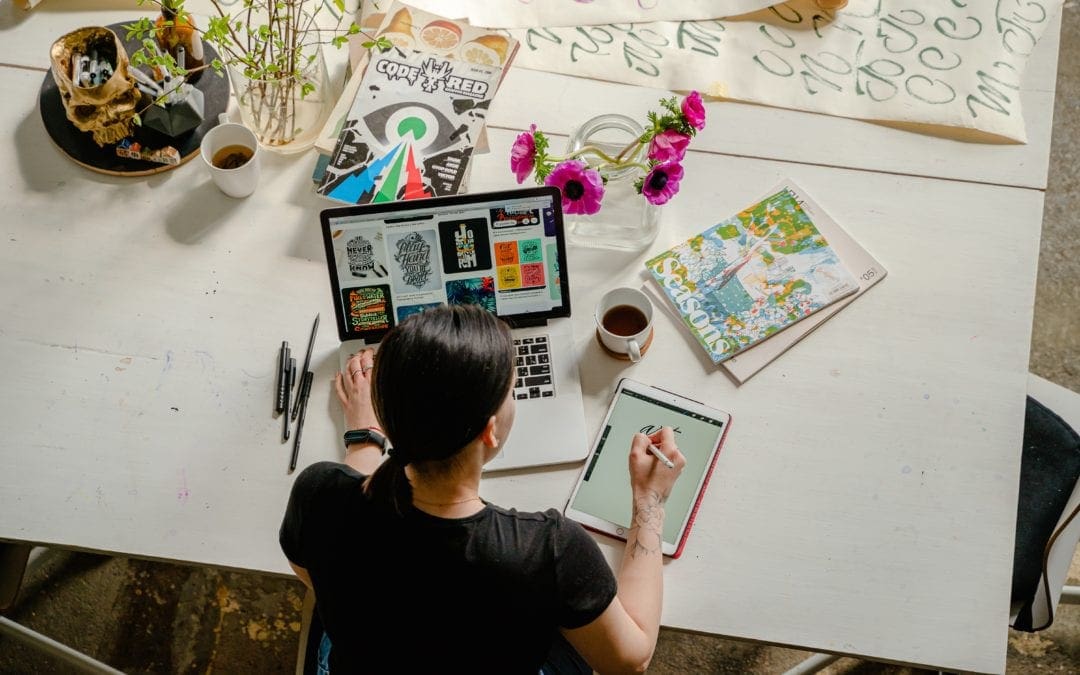There’s no doubt that graphic design is an invaluable tool that improves how you communicate with your audience. It can help you present your ideas in a way that’s effective as well as beautiful.
The use of high-quality graphic design in your website design or marketing can:
– Set you apart from your competitors
– Convey credibility and professionalism
– Make you and your business look good
– Summarise an idea with pleasurable imagery
Before you can enjoy all these benefits, you first need to understand the ingredients that go into creating such influential visuals. So, what makes good graphic design?
Line
The line is the most fundamental design feature. In a simple drawing, a line is considered nothing more than a pen or pencil stroke. But in the world of design, a line connects any two points.
Lines can be used for creating space between other components, as well as provide a central focus. Its direction, weight, and character can help express any feelings and emotions you wish to convey.
Colour
The use of colour can heavily influence the mood of your design. You can use it to represent emotion and personality.
For example, the colour red can incite anger, love, passion, or a strong will. However, the colour blue creates a sense of peace, calm, and safety.
Colour can either stand independently or act as a background to support other features. It has the power to enhance fonts, shapes, lines and texture.
The use of a single colour is easy, but integrating one with another will require a better understanding of its emotional effects on the design. With a good grasp of this, you can produce impeccable pieces of web design.
Shape
Shapes are formed when a line encloses an area, and you can use them to add interest to your design. Multiple shapes combined will create icons or symbols for your project.
You can use angular shapes to express masculinity, whereas using curvy shapes will indicate femininity. Square items communicate security, trustworthiness, and stability. On the other hand, circles are like eye candy! They are organic, complete, indestructible, and almost always communicate unity. They are arguably the most attractive shape in design.
Learn more about the psychological meanings behind shapes here.
Texture
The texture is the perceived surface quality of a work of art. The texture can be hard to identify in some digital visual applications. However, for professional, enthusiastic graphic designers, the texture is an enjoyable, creative element that can be experimented with to make a project more authentic. It makes any design unique and increases the visual value of the piece.
If you wanted to accent a particular area, trying out various textures is an incredible tool for making an element more dominant.
Size and Scale
These elements go hand in hand. By having a diverse range of sizes and scale in your sections, you have the power to bring balance and contrast to all of your designs.
Scale and proportion are handy for indicating an object’s exact size or emphasising the size difference between two objects.
Space
The use of space is crucial to great graphic design. Space is an area activated by the elements. It’s the visible distance between, around, above, below or within the different sections.
Space is powerful when you want to deliver a direct message without too much clutter.
Do you want to enhance your business? If so, make sure you have great visuals. Check out our web design services to upgrade your graphic design today.

